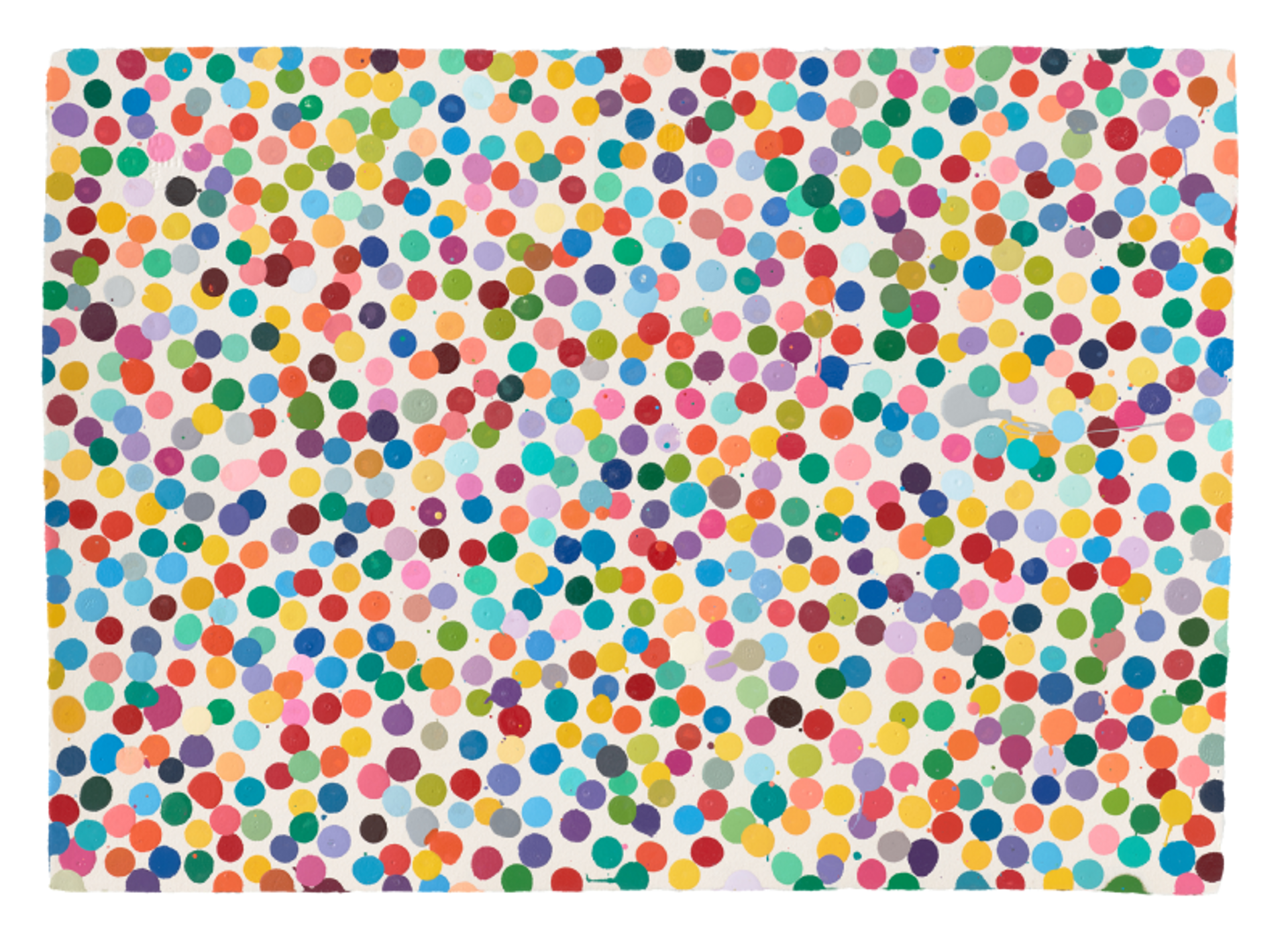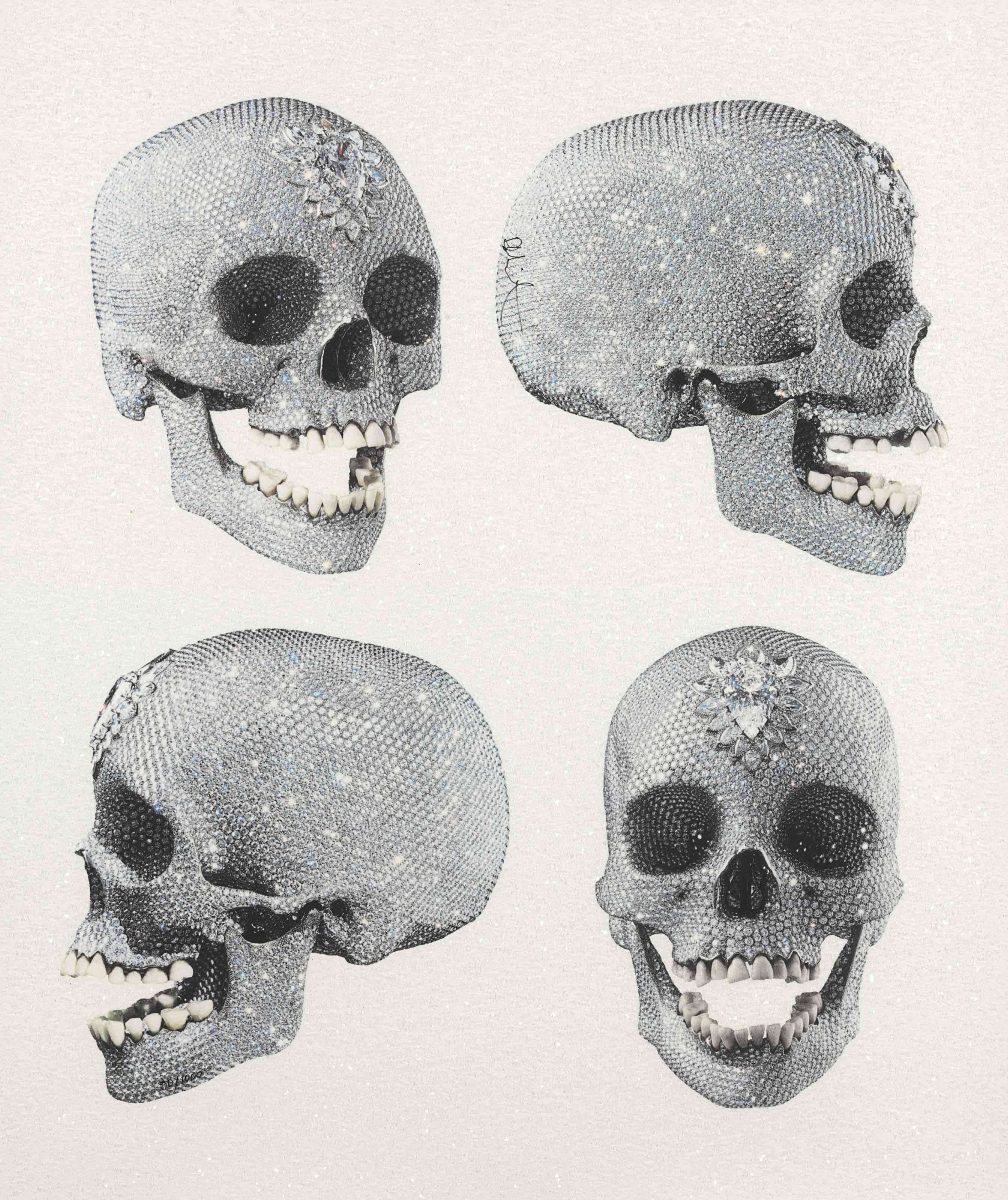 Image © Fashion United Gucci FW23 / Image: Launchmetrics Spotlight
Image © Fashion United Gucci FW23 / Image: Launchmetrics SpotlightMarket Reports
Passion assets refer to items that people collect and cherish, often with a deep emotional attachment. One of the most popular categories of passion assets is luxury handbags. The luxury handbag market has grown significantly over the past few decades, with some bags selling for hundreds of thousands at auction.
Consumers and economists seek to answer why the market for luxury handbags is increasing. Brands like Hermès, Chanel, and Louis Vuitton are highly coveted by collectors and fashion enthusiasts alike. In this topic, we will explore the world of passion assets, specifically the luxury handbag market, and discuss the factors that contribute to its popularity and growth.
 Image © Sotheby’s / Image: Chanel Classic Flap
Image © Sotheby’s / Image: Chanel Classic FlapWhy Invest in Luxury Handbags?
Luxury handbags have become a symbol of status and wealth in the fashion industry. They are not just an accessory but an investment that can potentially appreciate in value over time. Investing in luxury handbags has become a popular trend among fashion enthusiasts, collectors, and investors alike. The demand for luxury handbags has continued to grow over the years, making it a lucrative market for investors to tap into. Luxury handbags are not just functional items but also pieces of art that are crafted using high-quality materials, intricate designs, and exquisite detailing. These handbags are often produced in limited quantities, adding to their exclusivity and increasing their value over time. As a result, they can be considered a valuable asset that can provide substantial returns on investment.
 Image © Sotheby’s / Image: Birkin Bag
Image © Sotheby’s / Image: Birkin BagThe History of Designer Handbags
As fashion evolved, so did the design and style of handbags. In the early 20th century, handbags became a fashionable accessory for women's fashion, and notable fashion houses such as Louis Vuitton and Gucci led the way.
The birth of designer handbags can be attributed to the rise of fashion houses in the 1920s. Designers began to create and market luxury goods, and this led to the creation of the first designer handbags. Coco Chanel introduced the iconic Chanel 2.55 bag, which featured a quilted design, chain strap, and the signature double C logo. The Hermès Birkin bag, named after actress and singer Jane Birkin, is known for its high price point and exclusive production, with some bags selling for hundreds of thousands of dollars.
Over the years, several designer handbags have become iconic, representing a symbol of luxury and status. The Chanel 2.55 and Hermès Birkin bags are just two examples of iconic designer handbags. The Louis Vuitton Speedy bag is another classic that is still popular today. Designer handbags continue to play a significant role in fashion, with a diverse range of designers creating new and innovative designs.
 Image © Sotheby’s / Image: Chanel Heart CC In Love
Image © Sotheby’s / Image: Chanel Heart CC In LoveHandbag Authentication: What to Look For
Just as in the art market, handbag authentication is a crucial process when purchasing a luxury handbag. With the rise of counterfeit goods in the fashion industry, it is essential to know what to look for to ensure that the handbag is authentic. Here are some tips on what to look for when authenticating a handbag:
MATERIAL
One of the easiest ways to identify a fake handbag is by examining the material. Luxury handbags are made with high-quality materials, such as leather or canvas, and the stitching should be consistent and neat. The hardware, such as zippers and clasps, should be of high quality and have a weight to them. For example, the hardware on a genuine Louis Vuitton bag will be made of brass, which is heavy and has a warm golden colour.
LOGO AND BRANDING
The logo and branding on a handbag are another critical element to authenticate. The logo should be clean and sharp, with no smudging or fading. The placement of the logo should be consistent with the brand's standard placement. For example, the logo on a Chanel bag should be centred and aligned with the stitching. Additionally, the authenticity card and serial number should match the bag and be consistent with the brand's format.
 Image © Sotheby’s / Image: Gucci Small Padlock Bag Hibiscus GG Guccissima Leather Gold Hardware
Image © Sotheby’s / Image: Gucci Small Padlock Bag Hibiscus GG Guccissima Leather Gold HardwarePROVENANCE AND HISTORY
It is always advisable to do your research on the handbag's provenance and history. Some vintage and rare handbags have unique features that distinguish them from more common versions. It is also essential to check if the handbag has any distinguishing marks or scratches that would indicate authenticity. Specialists in handbag authentication can provide valuable insights and can identify a handbag's history by examining the wear and tear, the materials, and the hardware.
PACKAGING AND ACCESSORIES
The packaging and accessories that come with a handbag are another way to determine its authenticity. Luxury handbags come with dust bags, authenticity cards, and care booklets. These items should be of high quality and have the brand's logo and branding. A counterfeit handbag may come with a poorly made dust bag, a fake authenticity card, or no care booklet at all.
AUTHENTICATION SPECIALISTS
If you are unsure about a handbag's authenticity, it is best to consult with a specialist in handbag authentication. There are several reputable authentication services that can provide a thorough inspection of the handbag and provide a certificate of authenticity. These services are particularly useful when purchasing a handbag online, as it is challenging to determine authenticity from photographs alone.
 Image © Sotheby’s / Image: Goyard
Image © Sotheby’s / Image: GoyardTop Handbag Brands: Hermès, Chanel, Louis Vuitton, and More
The world of luxury handbags is vast, and several brands have gained a reputation for their exquisite designs and craftsmanship with brands like Chanel, Telfar, Goyard, Gucci, and Louis Vuitton holding the highest resale value. These brands have become synonymous with luxury and are highly coveted by fashion enthusiasts worldwide.
Goyard is a luxury handbag brand that has been around for over 160 years. The brand is known for its signature chevron pattern, which is hand-painted on its handbags, luggage, and accessories. Unlike many other luxury handbag brands, Goyard is relatively understated, with a focus on quality and craftsmanship over flashy logos and branding. The brand has a loyal following and is popular among fashion insiders who appreciate its subtle and sophisticated designs. The Goyard St. Louis tote, in particular, has become a cult favourite among fashion enthusiasts, known for its versatility and practicality. With its unique history and reputation for quality, Goyard remains a top player in the luxury handbag market.
Handbag Valuation: How to Determine Resale Value
Handbag valuation is an essential factor to consider when buying or selling a luxury handbag. Several factors can affect the resale value of a handbag, including the brand, rarity, condition, and age. In general, handbags from well-known and established luxury brands tend to hold their value better than those from lesser-known brands. Additionally, limited-edition or rare pieces from popular brands are highly sought after and can command premium prices in the resale market.
Even though the luxury handbag market is expected to rise, it is recommended to consult with a handbag specialist or appraiser. These experts can provide an objective assessment of the handbag's condition, rarity, and overall value, taking into account current market trends and demand.
 Image © FashionUnited / Image: Luxury handbags
Image © FashionUnited / Image: Luxury handbagsInvesting in Luxury Handbags: Potential Returns and Risks
Investing in luxury handbags can potentially offer high returns, as these items can appreciate in value over time - a parallel we see in the market for art prints and editions. Rare or limited-edition handbags from popular brands can often sell for significantly more than their original retail price, with some pieces fetching prices in the tens or even hundreds of thousands of dollars. Luxury handbags can hold their value well and can serve as a hedge against inflation or economic downturns.
However, it is essential to consider the risks and rewards associated with this type of investment.
Risks
MARKET VOLATILITY
The value of luxury handbags can be volatile due to changes in fashion trends, consumer preferences, and the global economy. Returns can vary depending on market demand and the condition of the handbag at the time of resale.
COUNTERFEIT PRODUCTS
Luxury handbags are often targeted by counterfeiters, and it can be challenging to distinguish between a genuine product and a fake one. Investing in a counterfeit product can lead to significant financial losses and damage to one's reputation.
LACK OF LIQUIDITY
The luxury handbag market can be illiquid, meaning it can be challenging to sell a handbag quickly and at a fair price. This lack of liquidity can lead to significant financial losses if an investor needs to liquidate their assets quickly.
 Image © Sotheby’s / Image: Hermès Mini Kelly
Image © Sotheby’s / Image: Hermès Mini KellyRewards
Despite the risks associated with designer handbags as an alternative asset, investing in luxury handbags can also offer significant rewards.
APPRECIATION IN VALUE
Luxury handbags from top brands can appreciate in value over time, especially limited-edition or rare pieces. Some pieces have even been known to sell for significantly more than their original retail price.
HEDGING AGAINST INFLATION
Luxury handbags can serve as a hedge against inflation and can hold their value well over time. As the value of traditional currencies declines, luxury items such as handbags can become more valuable.
It is important to note that these risks and rewards are not exhaustive and can vary depending on the brand and wider market conditions. Potential investors should conduct thorough research and seek the advice of industry experts before making any investment decisions.
 Image © FashionUnited / Image: Versace
Image © FashionUnited / Image: VersaceInvesting in Fashion Collectibles
The luxury handbag market has become a booming industry for collectors and investors alike. With the rise of passion assets, more and more people are turning to high-end accessories as a means of diversifying their investment portfolio. Top handbag brands such as Hermès, Chanel, and Louis Vuitton have proven to hold their value over time, making them a reliable investment choice. Ultimately, investing in fashion collectibles can be a rewarding experience for those who are passionate about fashion and have the means to do so. However, as with any investment, it is important to conduct thorough research, seek the advice of experts, and carefully consider the potential risks and returns before making any investment decisions.






